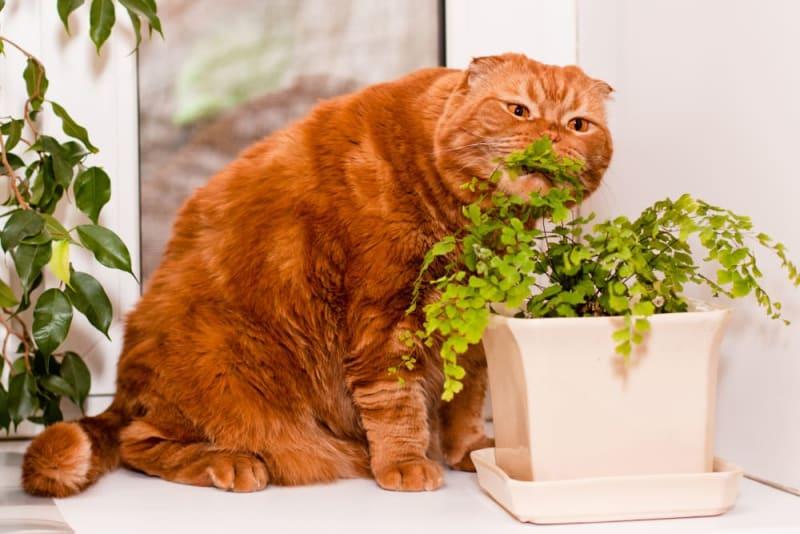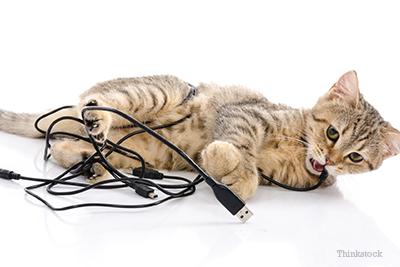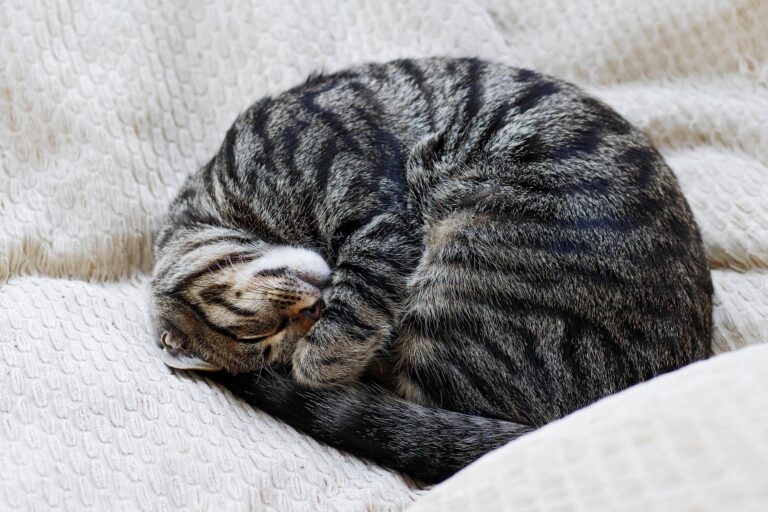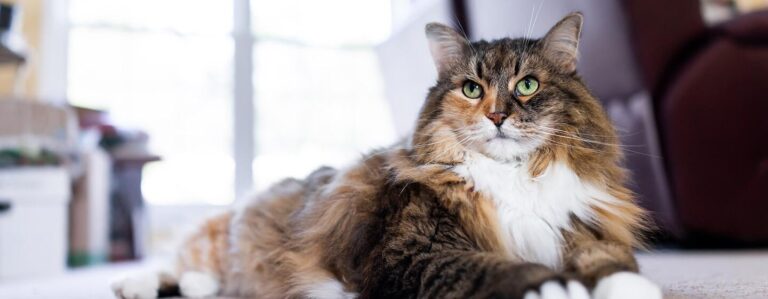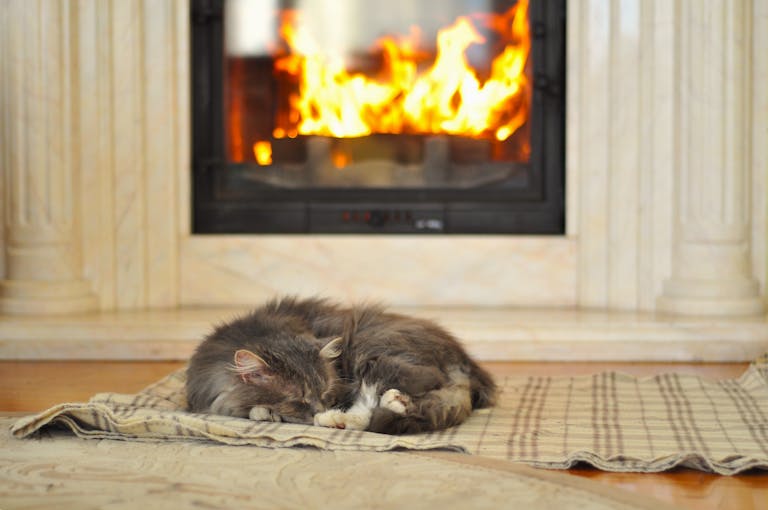How to Stop Your Cat from Eating Houseplants (Without Stressing Them Out)
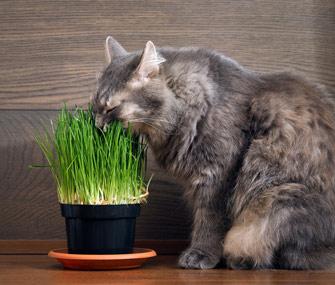
How to Stop Your Cat from Eating Houseplants (Without Stressing Them Out)
Last updated: June 2025 | Reading time: 15 minutes
In This Article:
- Why Do Cats Eat Houseplants?
- What Are the Risks of Cats Eating Houseplants?
- How Can You Stop Your Cat From Nibbling on Plants Without Stressing Them?
- What Are Some Safe Plant Alternatives and Deterrents?
- Our Top Picks: Best Products to Protect Your Plants and Keep Cats Happy
- Frequently Asked Questions
I’ve had cats for over a decade, and one thing’s clear: they love to explore the world with their mouths. If you have houseplants, you know the frustration of coming home to chewed leaves and dirt scattered everywhere. But punishing or stressing your cat isn’t the answer—it only makes things worse for both of you.
In this article, I’ll share my hands-on experience and tips that helped me protect my plants while keeping my cats happy and safe. Working with vets and reading up on feline behavior has also taught me a lot about what really motivates cats to munch on greenery.
What You’ll Learn:
- Why cats eat houseplants and how to spot toxic ones
- Safe, stress-free ways to deter cats from chewing plants
- How to create an environment that satisfies your cat’s natural urges
- Recommended products that work—and why they’re my go-tos
Ready? Let’s dive in.
Quick Answer:
Cats eat houseplants mainly out of curiosity, boredom, or to aid digestion, but some plants can be toxic. To stop your cat without stressing them, provide safe alternatives, remove tempting plants, use gentle deterrents like citrus sprays or textures cats dislike, and enrich their environment with play and stimulation.
Why Do Cats Eat Houseplants?
Cats eat houseplants for several reasons, mostly related to instinct and environment. In my 10+ years with cats, I learned it often boils down to curiosity, boredom, or even dietary needs.
Cats are obligate carnivores, but sometimes they eat grass or plants to help settle their stomach or induce vomiting if they feel unwell. Some cats nibble just because the texture is appealing or because they’re bored and seeking stimulation.
A study by Rota et al. (2022, Journal of Feline Medicine and Surgery) explains that houseplants might mimic the grass-like plants outdoor cats chew. Indoor cats, especially those without outdoor access, often seek greenery to satisfy this instinct.
Pro tip: If your cat bites plants when bored, increasing interactive play with toys or puzzle feeders can redirect their attention.
Image suggestion: A photo of a cat playfully pawing at a plant, with a caption “Curious cats often nibble plants out of boredom.”
What Are the Risks of Cats Eating Houseplants?
Eating certain houseplants can be dangerous or even deadly for cats. Toxic plants like lilies, philodendron, and pothos can cause anything from mild irritation to serious organ damage.
Even non-toxic plants aren’t always safe; ingesting soil can lead to gastrointestinal upset or parasites.
During my vet consultations, they stressed how little it takes to poison a cat. Working with Dr. Emily Novak, a feline vet, she often sees cases where owners accidentally let cats eat toxic plants without realizing.
Always check which plants in your home are toxic using trusted sources like the ASPCA’s list of toxic and non-toxic plants.
Pro tip: Place known toxic plants out of reach or replace them entirely with pet-safe varieties.
How Can You Stop Your Cat From Nibbling on Plants Without Stressing Them?
The key is to discourage chewing gently while providing substitutes and environmental enrichment. Here’s how I approached it, step-by-step:
1. Identify and Remove Toxic Plants
First, I looked closely at every plant in my home. Toxic ones got re-homed or put in inaccessible rooms. This step is non-negotiable.
2. Offer Safe Plant Alternatives
Cats love cat grass (a mix of oat, wheat, and barley grasses) or catnip plants. I keep a dedicated pot of cat grass on a windowsill so my cats have a safe, edible option.
3. Use Gentle Deterrents
Spraying plants with a bitter apple or citrus-based spray works well. Cats usually dislike the smell of citrus.
Alternatively, place textures like aluminum foil or double-sided tape on the soil surface. Cats dislike walking on or chewing through these.
4. Create an Engaging Environment
Often, cats chew plants because they’re understimulated. I brought in new toys, climbing trees, and hid treats in puzzle feeders to keep my cats occupied.
Regular play sessions, especially before meals, helped burn off excess energy.
5. Train With Positive Reinforcement
Whenever I caught my cats sniffing but not chewing plants, I rewarded them with treats or affection. Negative reactions can induce stress and backfire.
Pro tip: Avoid yelling or punishment—it increases anxiety and worsens destructive behaviors.
Image suggestion: A cat happily nibbling on a cat grass pot instead of a fern—alt text: “Cat safely eating cat grass as a plant alternative.”
What Are Some Safe Plant Alternatives and Deterrents?
If you want to keep greenery but protect your kitty, consider these cat-safe plants and deterrents.
Cat-Safe Plants I Recommend:
- Spider Plant — Non-toxic, easy to grow, and cats sometimes enjoy nibbling on it.
- Bamboo Palm — Safe and adds a tropical vibe.
- Boston Fern — Non-toxic and lush, although some cats are attracted to it.
- Catnip and Cat Grass — Obvious choices for edible plants.
Deterrents That Worked for Me:
- Citrus Spray: You can buy this or make your own diluted lemon juice spray. Reapply every few days.
- Aluminum foil: Place small sheets around the base of pots.
- Double-sided tape: Especially around the rim of pots.
- Motion-activated air sprayers: These emit gentle bursts of air when the cat gets too close.
A study by Herron & Shreyer (2023) demonstrated that multisensory deterrents combining smells and textures were most effective in reducing unwanted chewing.
Pro tip: Rotate deterrents so your cat doesn’t get used to one method.
Our Top Picks: Best Products to Protect Your Plants and Keep Cats Happy
1. Frisco Cat Grass Kit
- Best for: Providing a safe edible plant alternative
- Why we love it: Easy to grow indoors, promotes healthy digestion, affordable
- Best for: Cat owners looking for a natural solution
- Consider if: Your cat needs safe chewing options
- [Check Price on Retailer]
2. PetSafe Ssscat Spray Deterrent
- Best for: Gentle plant protection without stress
- Why we love it: Motion-activated, humane, prevents accessing plant areas
- Best for: Tech-savvy cat parents wanting hands-off deterrents
- Consider if: Your cat persistently pounces on plants
- [Check Price on Retailer]
3. Bitter Apple Spray
- Best for: Encouraging cats to leave plants alone
- Why we love it: Non-toxic, widely recommended by vets, easy to apply
- Best for: Cats sensitive to taste deterrents
- Consider if: You prefer a scent-free option
- [Check Price on Retailer]
4. Sticky Paws Double-Sided Tape
- Best for: Deterring cats through unpleasant textures
- Why we love it: Affordable, effective, safe for cats and plants
- Best for: DIYers wanting an easy solution
- Consider if: Your cat likes to dig in plant soil
- [Check Price on Retailer]
Frequently Asked Questions
Why does my cat eat plants only sometimes?
Cats may only nibble plants occasionally to fulfill specific cravings, like roughage for digestion or boredom. Changes in environment or routine can also impact plant-eating behavior.
Are some houseplants safer for cats than others?
Absolutely. Many common houseplants like spider plants or Boston ferns are non-toxic, but lilies, philodendrons, and pothos are harmful. Always check with trusted sources.
How long does it take to stop a cat from chewing plants?
It varies, but with consistent positive reinforcement and environmental enrichment, you can usually see improvement in 2-4 weeks.
Can stress cause cats to eat plants more?
Yes, stress can lead to overgrooming or chewing as coping mechanisms. Providing a calm, enriched environment helps.
Is it safe to use deterrent sprays regularly?
Yes, if you use pet-safe formulas and avoid harsh chemicals. Always monitor your cat’s reactions.
Wrapping It Up
To keep both your cats and houseplants safe and happy, remember these key points:
- Remove toxic plants promptly
- Provide safe alternatives like cat grass
- Use gentle deterrents and textures cats dislike
- Enrich their environment with toys and playtime
- Use positive reinforcement and avoid punishment
If you’re struggling, try mixing several approaches—remember, patience is key.
Got a plant-chewing cat story or tip? Drop a comment below or share this post with fellow cat lovers. I’ll keep this guide updated with the latest tips!
Related Reading:
- Best Indoor Plants Safe for Cats in 2025
- How to Enrich Your Indoor Cat’s Environment
- Recognizing and Treating Cat Poisoning Symptoms
About the Author
Hi, I’m Jess—a cat enthusiast and blogger with over 12 years of experience living with and caring for multiple feline companions. My background includes collaborating with veterinarians and animal behaviorists to understand what keeps cats happy and healthy indoors. I love sharing practical tips that make pet parenting easier and more joyful.
Checklist: Stop Your Cat from Eating Houseplants
☐ Identify and remove toxic plants from your home
☐ Provide safe edible plants like cat grass or catnip
☐ Apply citrus or bitter apple sprays on plants
☐ Place aluminum foil or double-sided tape on soil and pot rims
☐ Increase interactive playtime to reduce boredom
☐ Use positive reinforcement to reward good behavior
☐ Consider motion-activated deterrent devices for persistent chewers
☐ Regularly rotate deterrent methods to prevent habituation
☐ Monitor your cat’s health and consult your vet if needed
If you follow this action plan, your cats and houseplants can peacefully coexist—stress-free!

